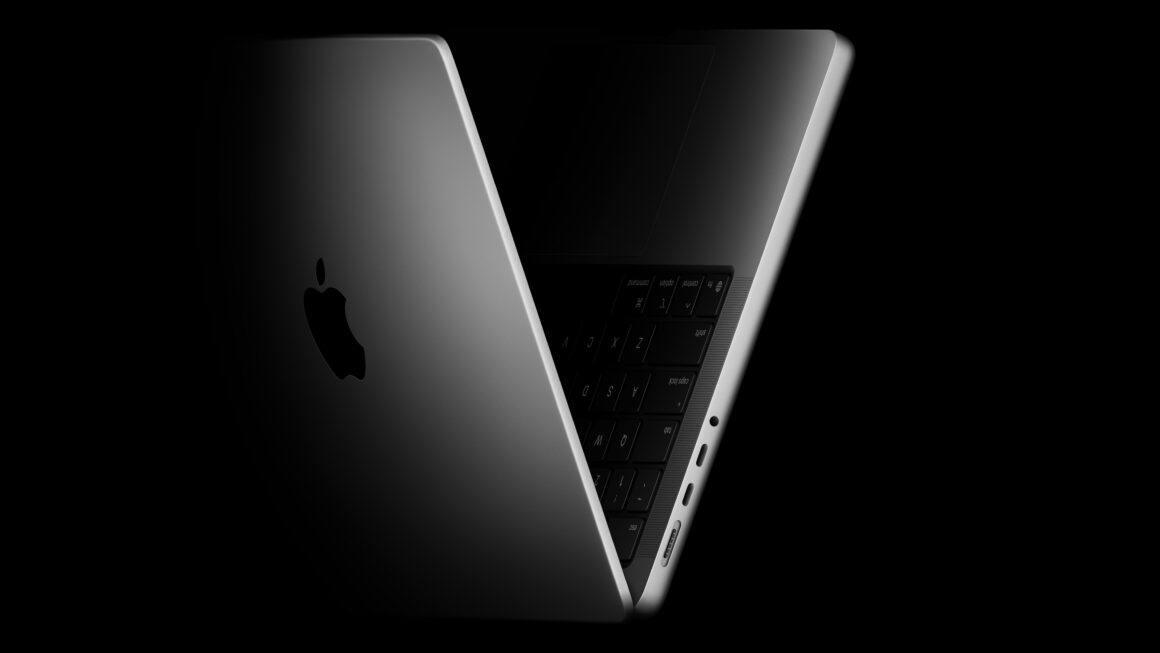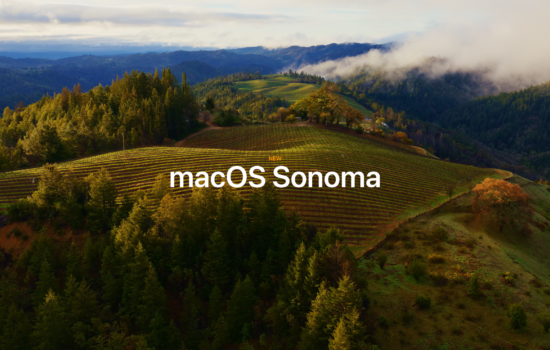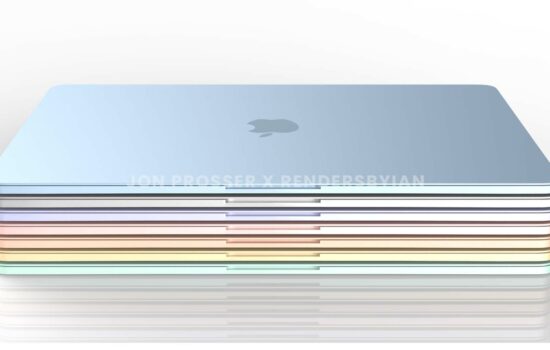Apple may be on the verge of rewriting one of its longest-standing design philosophies. According to a new report from Bloomberg’s Mark Gurman, the company is preparing to launch its first-ever touch-screen MacBook Pro, with a release window set for late 2026 or early 2027. This marks a major shift from a position that dates back to Steve Jobs’ era, when the late co-founder dismissed the idea of touch displays on laptops.
For years, Apple stood firm against the touch-screen trend, even as rivals like Microsoft and Dell embraced it more than a decade ago. Jobs once famously argued that “touch surfaces don’t want to be vertical,” calling such an experience uncomfortable for extended use. His successor, Tim Cook, doubled down in 2012, saying merging a tablet and a laptop would be like combining a toaster and a fridge.
Yet, after nearly two decades, Apple seems ready to evolve. Gurman reveals that the company is developing two new MacBook Pro models, code-named K114 and K116, both expected to include touch-enabled OLED displays—a first for Macs.
The upcoming models will reportedly feature Apple’s next-generation M6 chips, alongside thinner, lighter frames and OLED panels. Unlike hybrid designs that blur the line between laptop and tablet, Apple’s touch-screen MacBook Pro will retain its full trackpad and keyboard, maintaining the familiar Mac experience. Users can use touch input when convenient but aren’t required to rely on it.
To make this seamless, Apple is reportedly reinforcing the hinge and screen structure to prevent display wobble — a common issue in other touch-enabled laptops. The design will also replace the iconic notch (which houses the camera) with a hole-punch sensor cutout, conceptually similar to the Dynamic Island seen on recent iPhones.
Given the cost of OLED panels and reinforced hardware, the new MacBook Pros will likely carry a premium price tag — a few hundred dollars more than current models. That means buyers could expect starting prices north of $2,000 for the 14-inch version and $2,500 for the 16-inch variant.
This wouldn’t be Apple’s first foray into touch-based Mac interfaces. Back in 2016, the company introduced the Touch Bar — a narrow OLED strip above the keyboard offering contextual controls. While innovative, it failed to gain traction and was eventually phased out in later models. The upcoming touch-screen MacBook Pro, however, suggests Apple is taking a more holistic and deliberate approach this time around.
One reason Apple resisted touch-screen Macs was the fear of cannibalizing iPad sales. But with iPad growth stagnating and macOS and iPadOS increasingly converging — sharing Apple Silicon chips, app ecosystems, and design languages— the distinction between the two product lines is blurring naturally.
Now, with a touch-capable Mac, Apple could finally offer users the flexibility they’ve long wanted: the precision of a laptop and the intuitiveness of touch, without forcing them to choose between a Mac and an iPad.
Stay updated with the latest news on this by downloading the Appleosophy App from the App Store or by visiting our website.







